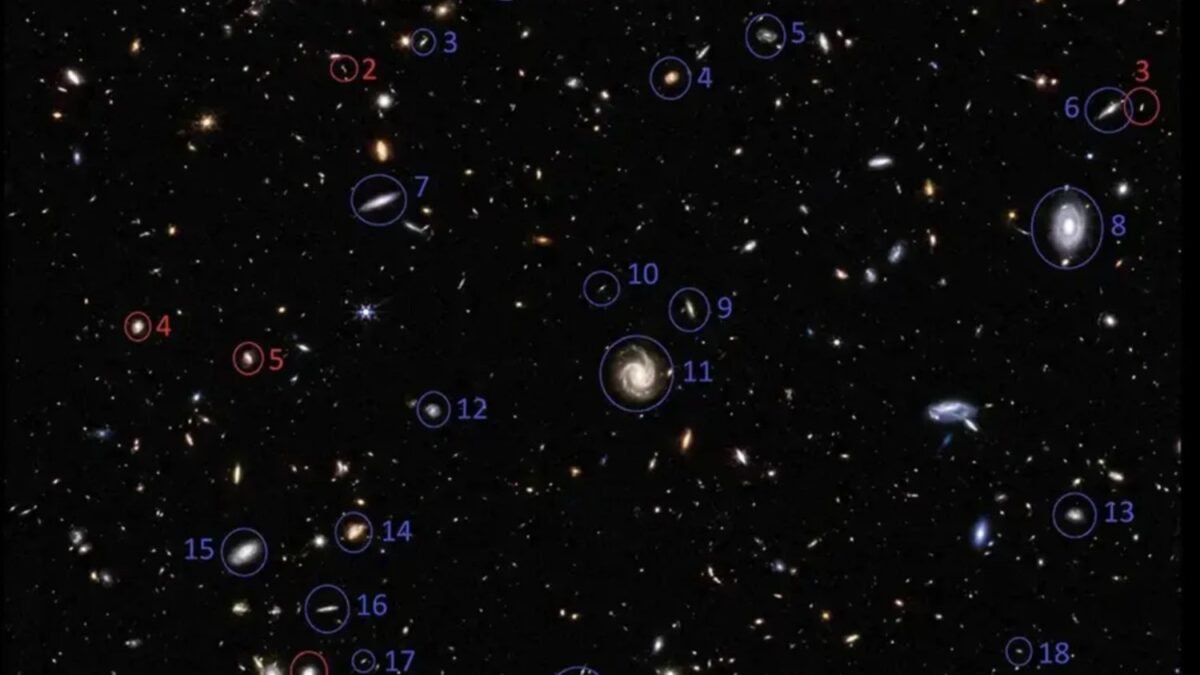Detection of Anomalous Galactic Patterns by James Webb Space Telescope Suggests Black Hole Existence Theory

The foundation of modern cosmology relies on two pillars: the homogeneity and isotropy of the universe. In theory, there should be no privileged direction in the cosmos. However, a pattern has been discovered that breaks this symmetry.
### The unexpected finding of James Webb
The James Webb Space Telescope analyzed 263 early galaxies. Surprisingly, around 60% of them were rotating clockwise, while only 40% were rotating counterclockwise. This difference is so clear that “anyone looking at the images can notice it without the need for complex calculations.” This result challenges current models of galaxy formation.
### A universe within a black hole?
Among the hypotheses to explain this asymmetry, an ancient proposal stands out: our universe may have been born inside a rotating black hole. This primordial axis of rotation could have influenced the dynamics of the cosmos, leaving a trace on the preferred direction of galaxies.
### The Doppler effect alternative
Another more conservative possibility is related to the Earth’s movement around the Milky Way. This motion introduces a Doppler bias. If this effect is greater than assumed, it could explain the difference and, at the same time, require a recalibration of how distances and luminosities are measured in the universe.
This challenge presents a conundrum for cosmology, as it questions one of its most solid principles. The existence of a “preferred axis” casts doubt on the idea that the cosmos is identical in all directions. Researchers suggest waiting for new data to confirm or refute these hypotheses. Nevertheless, this discovery underscores that we still have much to learn about the universe’s structure and behavior.






